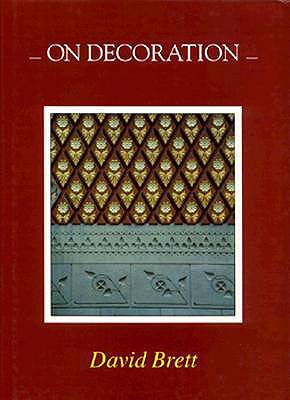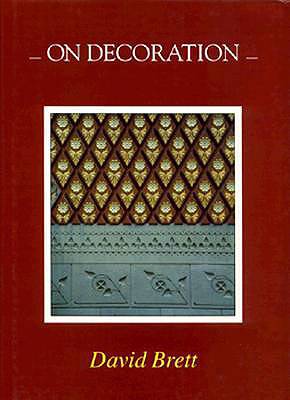
- Afhalen na 1 uur in een winkel met voorraad
- Gratis thuislevering in België vanaf € 30
- Ruim aanbod met 7 miljoen producten
- Afhalen na 1 uur in een winkel met voorraad
- Gratis thuislevering in België vanaf € 30
- Ruim aanbod met 7 miljoen producten
Zoeken
Omschrijving
This absorbing study surveys the developments in decorative design from the 1830s to the 1950s, showing how the modern age has affected the status of decoration and examining the role of ornament in a rapidly changing industrial society. Arranged inthree sections, the book opens with an introductory essay which looks at the cultural background of the discourse of decoration, bringing into play two major strands of decorative theory, and looking at the changing natures of modernism and traditionalism. The central section of the book is composed of pictorial examples, arranged in order of chronological development, from the most significant trends in taste and fashion. The concluding postscript expands on the origins and development of the two opposing strands identified, which the author defines as normative and critical 'schools'. The first takes its foundation from the 'Philosophical Radicals' and their programme of industrialisation and social reform, and is exemplified by Owen Jones and the Department of Science and Art; the second is the critical reaction led by Ruskin and the Arts and Crafts Movement. The one led toward the abandonment of decoration, the other toward its pastiche. The author concludes with a critical summary of the present sorry state of decoration. However, decoration is seen as a natural attribute of our species, and the discourse that has built in around it is by means closed.
Specificaties
Betrokkenen
- Auteur(s):
- Uitgeverij:
Inhoud
- Aantal bladzijden:
- 124
- Taal:
- Engels
Eigenschappen
- Productcode (EAN):
- 9780718828011
- Verschijningsdatum:
- 1/04/1992
- Uitvoering:
- Hardcover
- Formaat:
- Genaaid
- Afmetingen:
- 217 mm x 304 mm
- Gewicht:
- 807 g

Alleen bij Standaard Boekhandel
+ 193 punten op je klantenkaart van Standaard Boekhandel
Beoordelingen
We publiceren alleen reviews die voldoen aan de voorwaarden voor reviews. Bekijk onze voorwaarden voor reviews.











